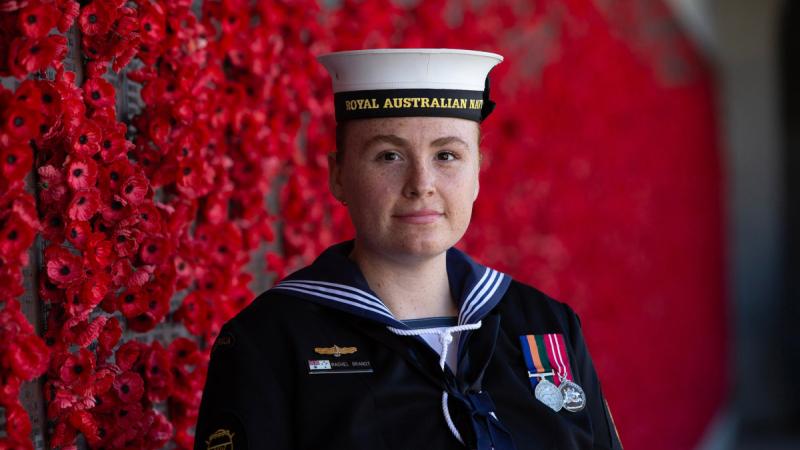
The crew of HMAS Stalwart recently achieved a major milestone in the ship’s short time in service when they successfully conducted the ship’s first replenishment at sea.
HMAS Parramatta was the receiving ship.
Commanding Officer of Stalwart, Commander Steve McCracken, said the evolution signalled that Stalwart was “open for business”.
“There’s been a lot of hard work and training leading up to this point and the entire ship’s company is incredibly proud of what we have achieved,” Commander McCracken said.
“Today, we have successfully proved a number of vital systems that all come together in performing a replenishment at sea, from ship-handling to the actual transfer of supplies, and it’s a credit to all involved that the evolution went so well.”
Stalwart is the second of Navy’s Supply-class auxiliary oiler replenishment ships, which have the primary role of providing logistics replenishment to naval combat units at sea.
Commander McCracken said conducting a replenishment at sea was just one of the many tasks the ship must complete as part of its progress towards operational capability and integration into the fleet.
“Since commissioning, we have undergone a number of sea trials and training that test and evaluate the entire range of systems used to keep a ship at sea and at the top of its game,” Commander McCracken said.
“I’m pleased to report that Stalwart has risen to each of these challenges in admirable fashion and I thank my ship’s company for all their hard work over the past few months.”
The new ships represent a generational shift from the capability provided by previous support ships as they are equipped with a combat management system that improves the sharing of information with other ADF and allied assets.
This allows the ships to integrate more fully in a task group, both Australian and international.
They can also increase the joint force endurance by providing fuel, water, food, parts and dry cargo.
HMAS Stalwart’s home port is Fleet Base West, Rockingham, Western Australia.








